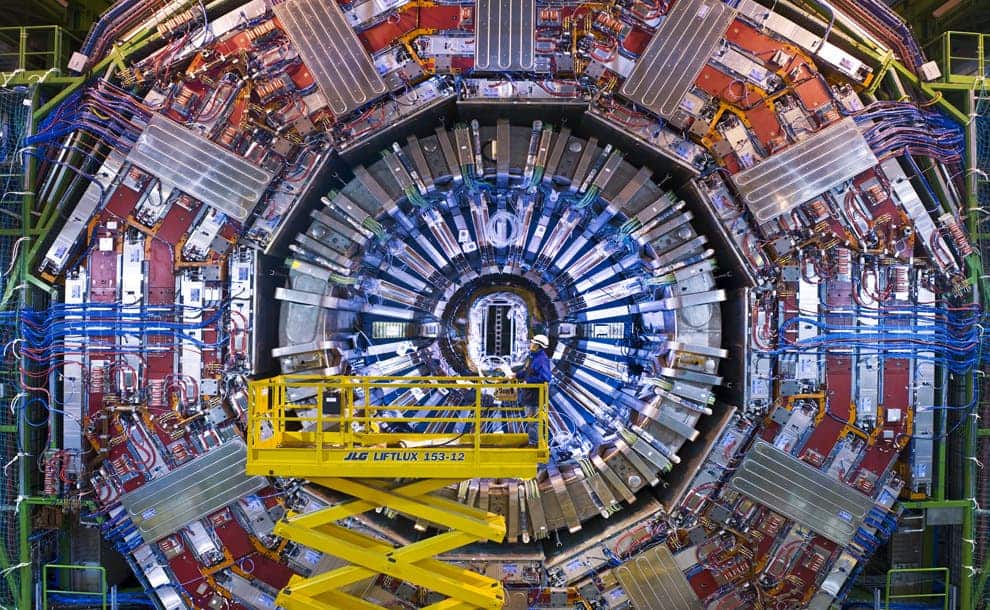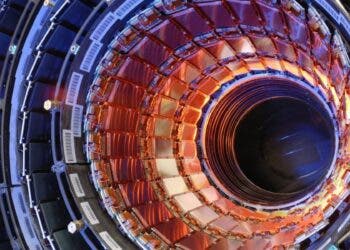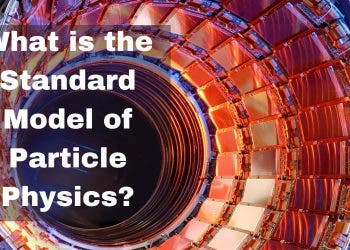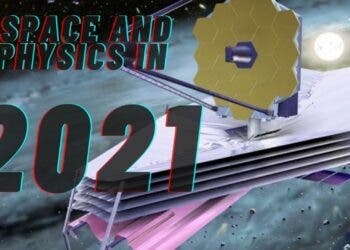
The Large Hadron Collider at the European Organization for Nuclear Research (CERN) is the most complex machinery devised by mankind. Here, scientists all over the world joined forces to recreate conditions similar those in the very first moments of the Universe, following the Big Bang. There’s a lot at stake here, and so far the LHC has delivered on some of its promises. In 2013, however, the massive particle accelerator had to be shutdown for maintenance. Today the long process leading to the LHC’s planned full operational restart in 2015 has begun.
LHC: restart
Getting the LHC back online isn’t like oiling up some old machinery then hitting the power button. It’s an incredibly complex system, with large volumes of intricate parts, each needing fine tuning and maintenance to work together as a whole.
“The accelerator complex has to start months before the LHC is back online because it’s going to need some serious TLC (in the form of recommissioning, debugging and tuning) following the shutdown,” LHC operation head Mike Lamont told Symmetry Magazine.
The 27-km long particle accelerator ring at CERN is world famous, but this isn’t where all the magic happens. In fact the facility is comprised of multiple, smaller accelerators all, however, indispensable. Each of these accelerators ramp up particle energy in steady increments until they’re ready to hit the fan with big boys in the huge, main ring.
[ALSO READ] The LHC can be the world’s first time machine
One such component in this huge daisy-chain is “the source”. Here the reservoir of protons that are prompted to enormous energies first gather, as hydrogen atoms are stripped of this electrons, leaving only the protons behind to be inserted in the accelerator. This source was put back online last Friday. This week, engineers will gear up the Linac2, the first particle accelerator that gives the “beam” of protons their first boost. Next, the Proton Synchrotron Booster, which has seen some significant improvements since the shutdown.
“When we get the beam going around the booster, it will be a very important moment,” said Paul Collier, the head of the beams department. “Among other things, we are making a complete upgrade of its control system, which is the nervous system of the machine.”
In all, it will take a couple of solid months of fine tuning and tests until each part of the chain is in proper order and the LHC can be put to good use once more. A key question might trouble some of you: what’s all of this for?
LHC: what is it good for?
The benefits coming from huge scientific projects like the LHC are indirect and most commonly overlooked by society. Unlike industrial technical projects, the LHC is mainly at its core a fundamental science project. It’s main mission is to answer important questions surrounding the Universe, so what it brings to the world is knowledge; knowledge that’s not sought after in the interest of making money or offering something practical to society in the short term, like a manufacturing factory or an R&D facility that researchers the next line of consumer products or better oil drills. This doesn’t mean there won’t be any practical, day-to-day benefits, far from it – it’s just that this isn’t an immediate goal for LHC.
[READ] LHC passes hardest test yet: ping-pong blazes through particle accelerator
“Why paying billions to search for a hypothetical particle while we need a cure for cancer?”. If you ask yourself “how does a modern computer CPU work?” you can trace it back to development of the semiconductor diode by German physicist K. F. Braun, in the end of the XIX century. He wasn’t trying to build a computer, not like the ones we see today; the kind you’re reading this article on. So while all of society’s machinery and gadgets are brought by technical innovation and design, ultimately all of this comes from basic and fundamental science.
The internet, GPS, satellites, all of these were introduced following great science projects like the moon race. New fundamental science, like quantum mechanics, had to be understood for all of these innovation to come to life. The same will surely be for the brain children that come off the LHC; the general public only needs to have faith, as those who have pledged the billions that were awarded for its construction and maintenance.
Either way, since it first accelerator its first protons in 2009, the LHC has already achieved more than many had bargained. In 2012, with much acclaim scientists announced the discovery of a new ‘boson’ – the Higgs boson. This is believed to be the elementary subparticle responsible for giving matter mass. It’s a fantastic, ground-breaking find, but of course this isn’t the only one of its kind. Here’s a list of all the hallmark discoveries made by the LHC thus far. Many of these aren’t known to the general public the way the Higgs boson was publicized, but are no less important.






